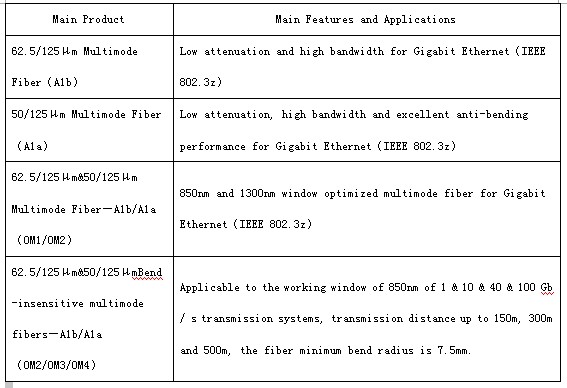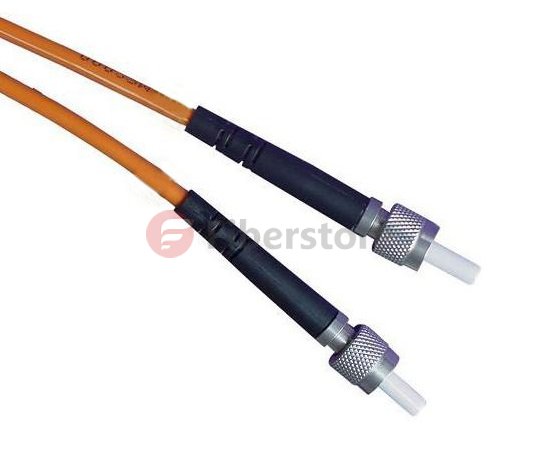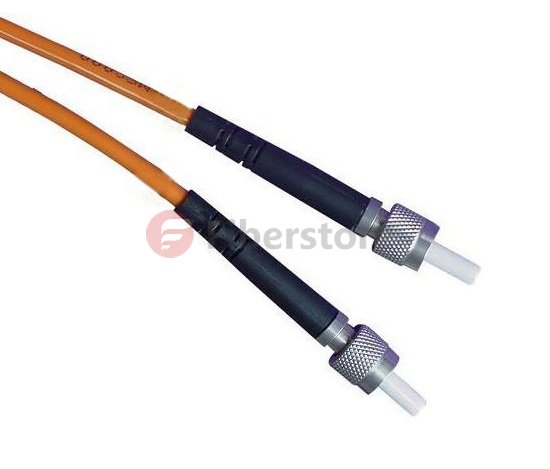Fiber optic cable is the most common and important transmission medium in optical communication system. It consists of a single glass core, the cladding layer close to the core, a primary coating layer and a protective layer composed of plastic cap.(Cylindrical fiber, the core, cladding and coating layers composed of three parts.) Core and the cladding layer consists of two different optical properties of the medium constituting the medium refractive index of light than the interior of a surrounding medium high refractive index. In the periphery of the package as the cover layer of opaque material, as the light is prevented from escaping from the surface during interspersed. Fiber optic cable has two types: single mode fiber and multimode fiber.
When the geometry of the fiber is much larger than the wavelength of light (about lμm), optical transmission process will be a significant presence of dozens or even hundreds of transport modes, such as the fiber is called multimode fiber.
Due to different propagation modes having different phase propagation velocity, thus, long-distance transmission is generated through mode dispersion (after long-distance transmission delay difference is generated, resulting in the optical pulse broadening). Side mode dispersion will narrow the bandwidth of multimode fiber, the transmission capacity is reduced, and therefore, multi-mode fiber is only suitable for low speed, short-distance optical fiber communication, data communication is currently a large number of multi-mode fiber local area network.
Main products and application performance of multimode fiber in the following table:

The related products about 62.5/125mm multimode fiber from fs.com, it is below:
The product about 50/125mm OM2 multimode fiber
When the geometry of the fiber is small, and the wavelength of the same order as the core diameter in the range of 4-10μm, the optical fiber allows only one mode (basic mode) in which the transmission, the remaining high-order mode are all turned off, so that said single mode fiber. Avoid the mode dispersion single mode fiber, suitable for large-capacity long-distance transmission.
IEC 60793-2 and IEC 60793-2-50 single mode fiber will be divided into B1.1, B1.2, B1.3, B2, B4, B5, B6 and other categories, ITU-T also G.652, G .653, G.654, G.655, G.656, G.657 and other recommendations were standardized definition and characteristics of various single mode fiber, and each part of the GB / T 9771 with reference to IEC 60793-2-50 ITU-T G.65x series formulation.
A given type of single mode fiber, the mode field diameter by (also called effective area), the dispersion coefficient, dispersion slope, wavelength cutoff adapted to optimize the parameters, and access ways for different applications.
Related Article: What’s the Difference: Single Mode vs Multimode Fiber


